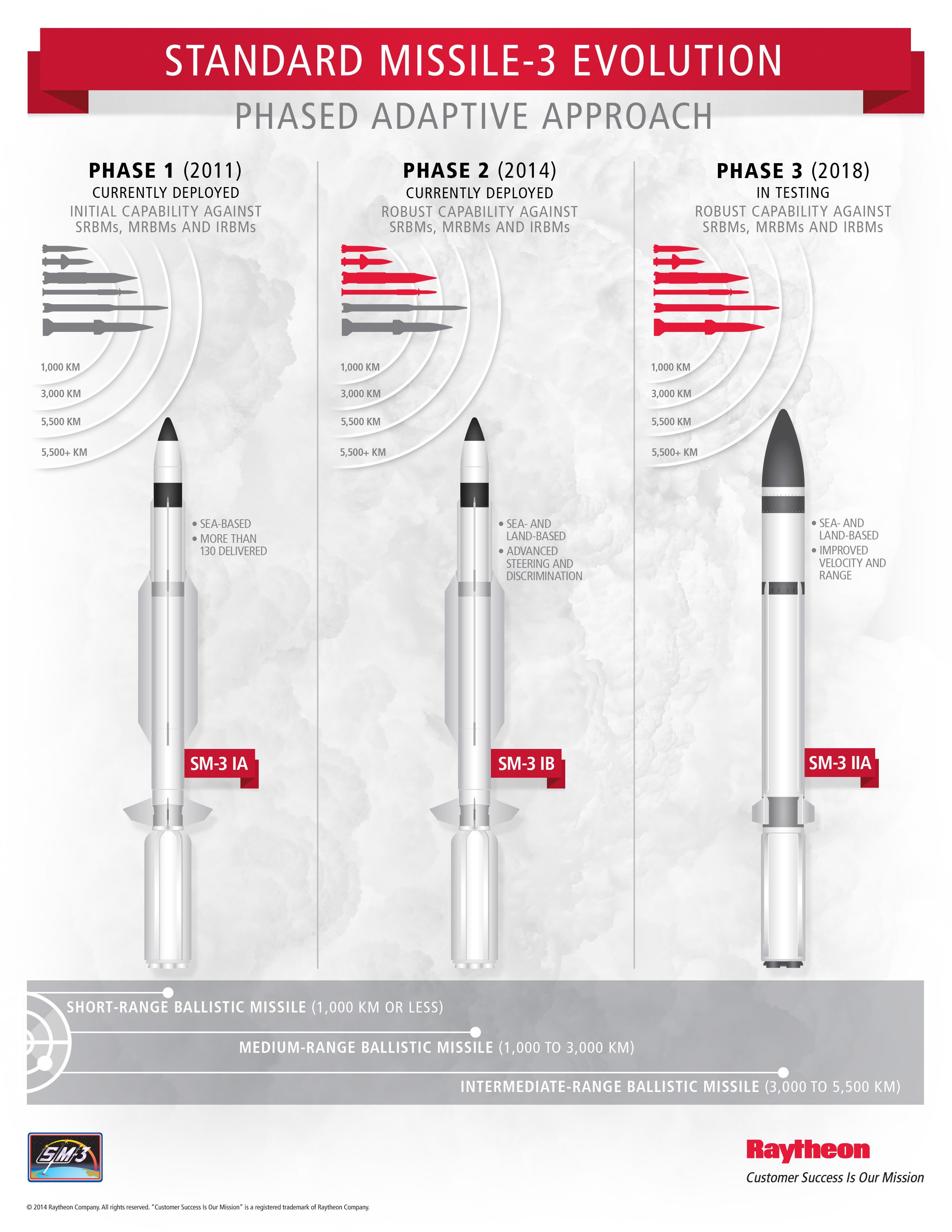Jura The idiot
General
the USN doesn't seem to be superstitious:
USS Cole off Yemen Following Saudi Frigate Attack
USS Cole off Yemen Following Saudi Frigate Attack
source is USNI NewsThe U.S. has sent a guided missile destroyer off the coast of Yemen on a presence operation following a suicide boat attack on a Saudi frigate this week, a defense official confirmed to USNI News.
USS Cole (DDG-67) is now operating in the Gulf of Aden south of the Bab al-Mandeb strait that links the gulf to the Red Sea as of Friday, the official said.
U.S. 5th fleet officials did not immediately respond to a request for comments.
The destroyer was positioned in reaction to the Monday attack in which a Houthi explosive-laden suicide boat rammed into a Saudi Al Madinah-class frigate in the Red Sea killing two Royal Saudi Naval Forces sailors.
The move was on Friday.
The shift in Cole’s position is similar to the tasking of U.S. warships in October following the attack on the .
On Wednesday, National Security Advisor Michael Flynn said as a result the attack on the frigate in the Red Sea — and the Sunday test launch of a ballistic missile outside of Tehran — was now, “on notice.”
“These are just the latest of a series of incidents in the past six months in which Houthi forces that Iran has trained and armed have struck Emirati and Saudi vessels, and threatened U.S. and allied vessels transiting the Red Sea,” read the statement.
“In these and other similar activities, Iran continues to threaten U.S. friends and allies in the region.”
On Friday afternoon, .
The Norfolk-based Cole left on an independent deployment in December to Europe and the Middle East.
Cole and its crew were the victim of a similar suicide boat attack when it was docked in Yemen in 2000. The attack killed 17 sailors and injured more than 30.

